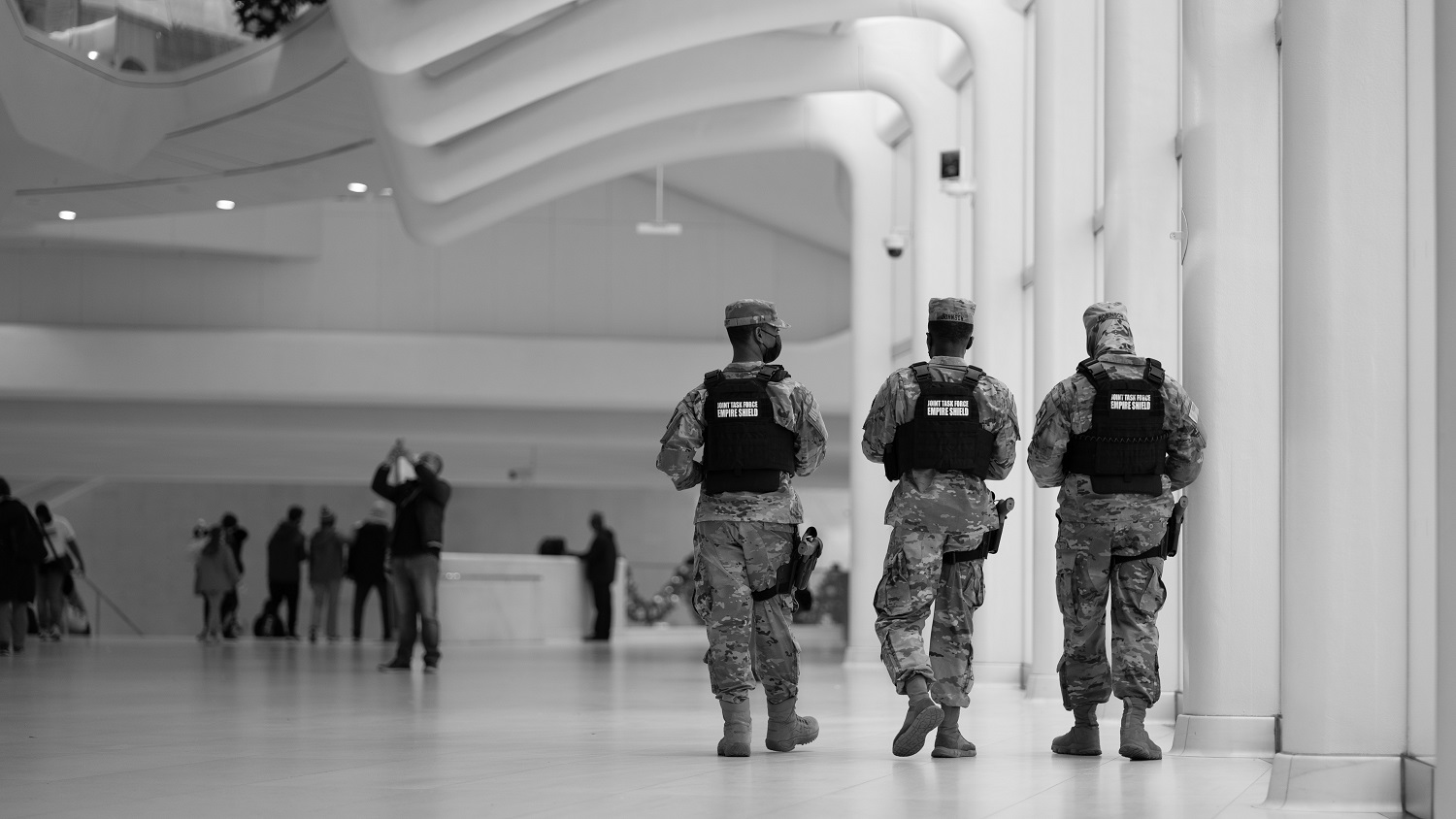Law enforcement officers and security personnel often put themselves in danger to protect others, making it necessary for them to have the best possible protective gear. One essential piece of gear is the ballistic shield, which provides additional protection in dangerous situations. A Level III ballistic shield is designed to protect from rifle rounds, which require a high level of protection, unlike handgun rounds which Level II and Level IIIA shields can stop.
Since ballistic shields are intended to protect lives and help law enforcers do their jobs effectively, purchasing a ballistic shield that meets the highest industry standards is paramount. Therefore, it is essential to understand how the National Institute of Justice (NIJ) rates and tests ballistic shields to determine their level of effectiveness.
Level III Ballistic Shields are the most advanced shields that law enforcement and security personnel can rely on. The NIJ specifies that Level III shields should have minimum ballistic protection for up to six rounds of 7.62 x 51mm (308 Winchester) Full Metal Jacketed (FMJ) bullets at a velocity of 2780 feet per second (fps). Shields that meet this standard are considered “Type III” in the NIJ classification.
To achieve such a high level of protection, manufacturers have to use materials such as ceramic and aramid fibers (commonly referred to as Kevlar), which are strong enough to resist penetration from rifle rounds. A Level III shield is also designed to stop all handgun rounds up to a .44 Magnum, a requirement that lower levels of shields are not expected to meet.
When purchasing a ballistic shield, law enforcement, and security personnel must look for a NIJ certification label that indicates the shield’s level of protection. The label must be visible and should show the model name, the level of protection, the tested caliber, and the velocity. Additionally, the shield’s product brochure should explain the testing procedures that it has gone through to ensure that it meets NIJ standards.
NIJ testing standards require that a Level III ballistic shield should undergo a series of tests that include environmental conditioning, stability tests, and ballistic tests. The environmental conditioning test ensures that the shield can withstand harsh environmental conditions such as temperature, humidity, and heat. The stability test verifies the shield’s strength and rigidity, while the ballistic test determines if the shield can resist penetration by bullets.
The ballistic test is arguably the most crucial test that any ballistic shield goes through. During the test, multiple rounds of bullets are fired at the shield from varying distances and angles to ensure its ability to withstand unexpected attacks. The shield is also placed on a test stand that measures its backface signature, which is the measurement of impact energy the back of the shield transmits when a bullet strikes it.
In conclusion, law enforcement and security personnel depend on ballistic shields to protect themselves and others in dangerous situations. A Level III ballistic shield offers exceptional protection from rifle rounds and handguns. It is important to look for NIJ certification and understand the testing procedures a shield has gone through before purchasing one. The NIJ standards for Level III ballistic shields include undergoing environmental conditioning, stability tests, and ballistic tests, including backface signature measurements. By following these guidelines, law enforcement, and security personnel can trust that they are getting the highest level of protection from the ballistic shields they purchase.
For more great articles, please click here.

